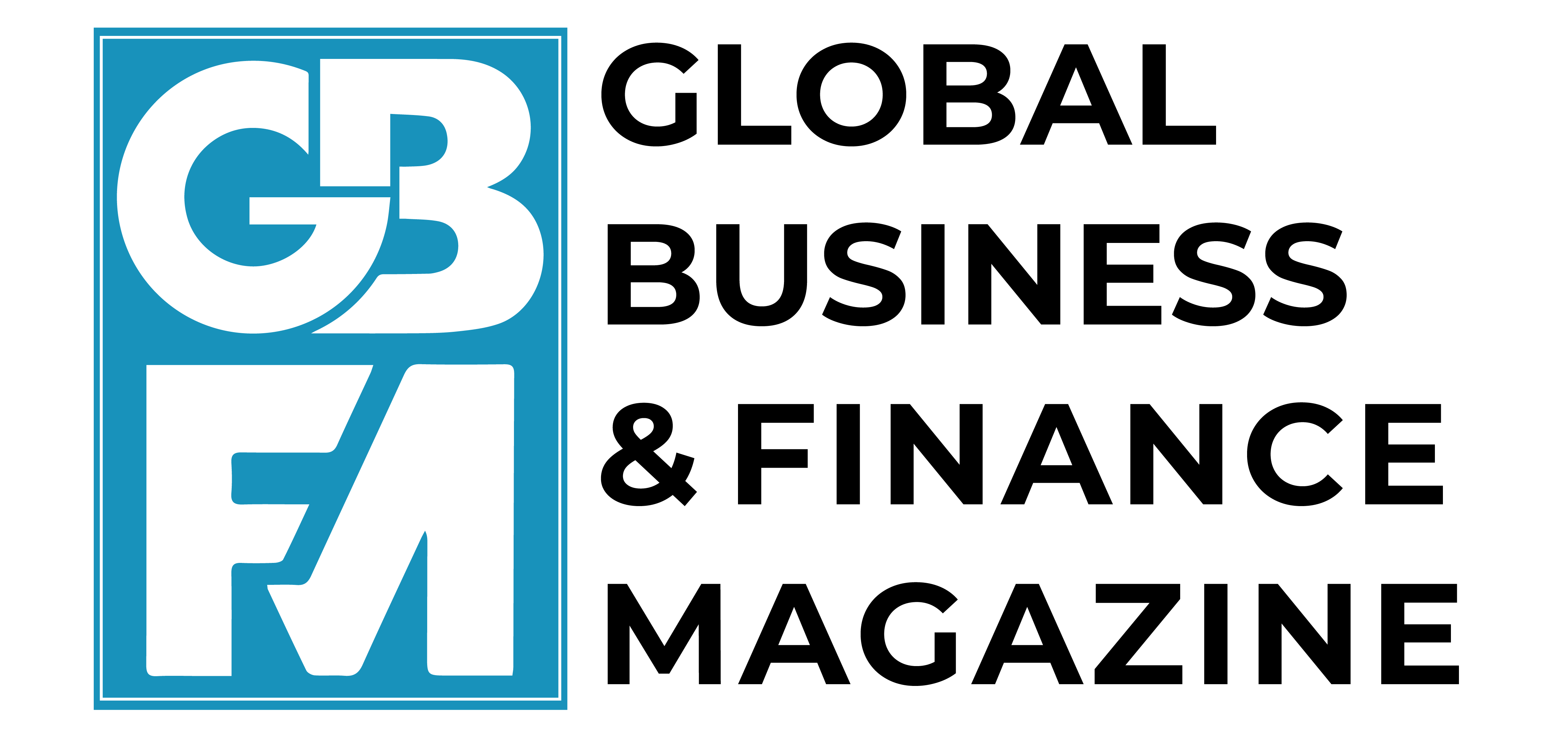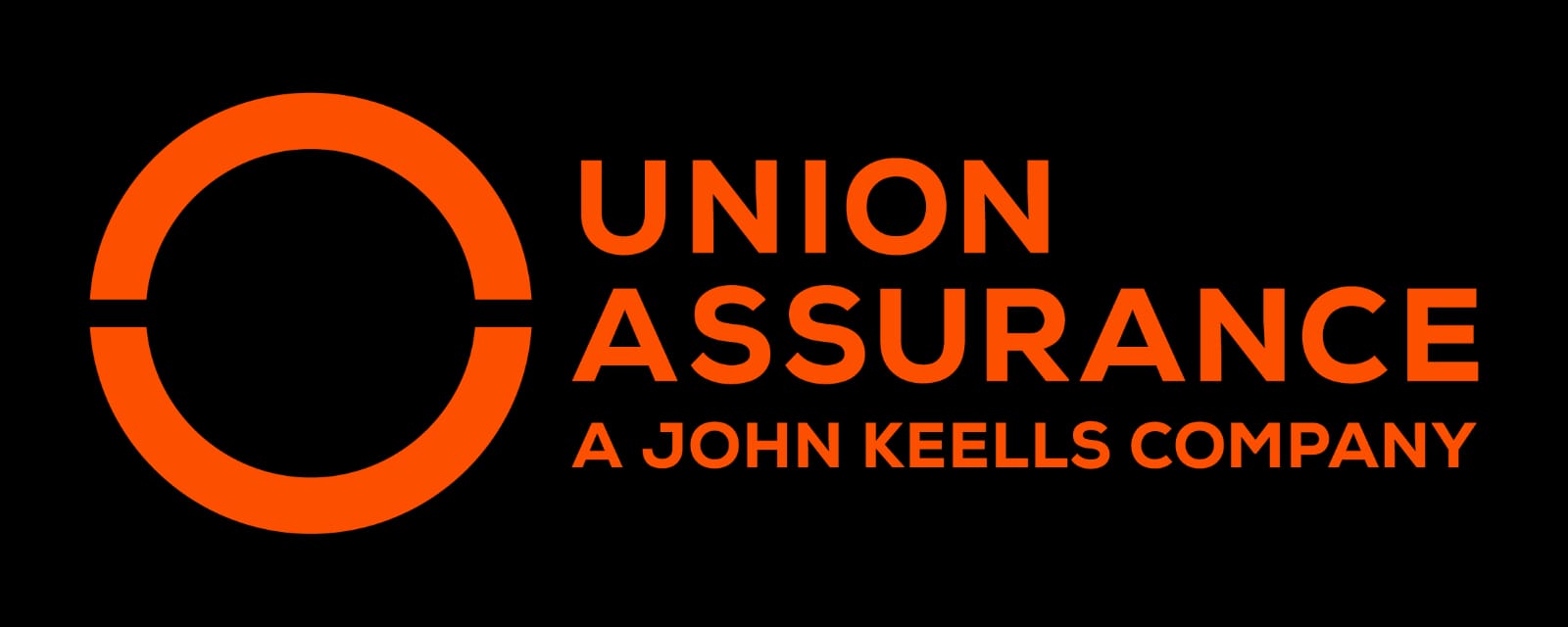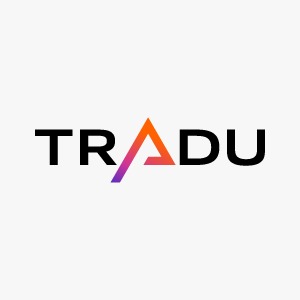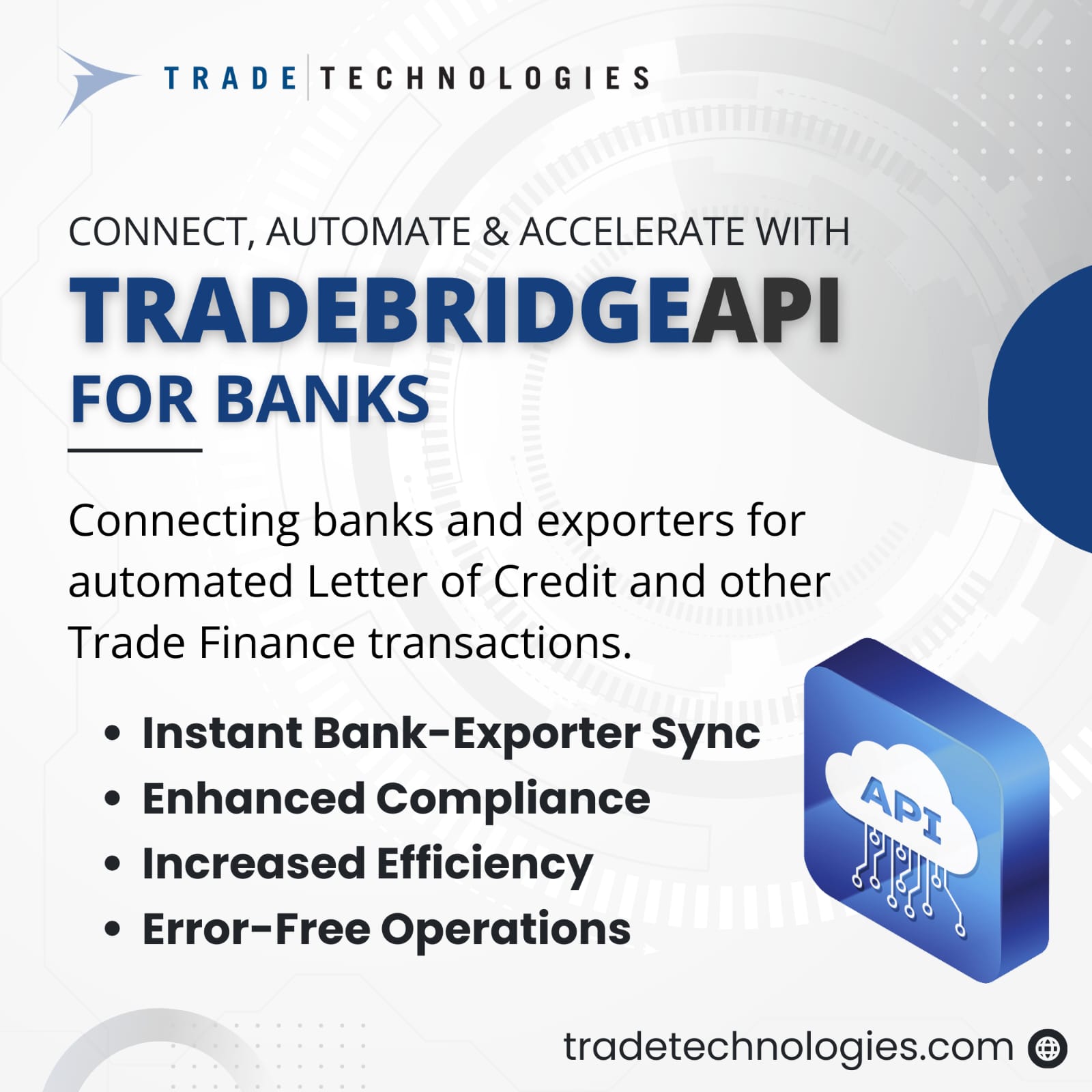Can entire markets strategically confuse consumers to raise prices? This column tracks the prices of nearly all mobile phone tariffs and handsets in the UK from 2010 to 2012, and finds that quality-adjusted prices rise in the early part of the sample period and decline later. Obfuscation strategies by firms appear to be the primary driver, with the rise in prices strongly correlated with the introduction of dominated tariffs – contracts for which cheaper alternatives exist from the same operator. These strategies reduce product transparency, elevating prices not only for dominated tariffs but also for efficient ones, distinguishing the effect from behavioural price discrimination.
Do firms strategically confuse their consumers to raise prices at the industry level, and if so, how? Obfuscation refers to strategies that make it harder for consumers to compare products and choose the best deal. Strategic obfuscation can take several forms, such as bundling obscure product characteristics with well-known ones to shroud the prices of individual components (Gabaix and Laibson 2006), issuing complex product descriptions (Ellison and Ellison 2009), or simply introducing an excessive number of nonviable products (Miravete 2013, Blake et al. 2021). However, can this be sustained as an industry equilibrium? Despite its theoretical appeal, few empirical studies look at obfuscation as an industry-wide strategy.
Confusopoly unveiled
Our ‘forensic’ analysis of the UK mobile telecommunication market – carefully ruling out alternative explanations such as differentiation, proliferation, or handset competition – provides novel evidence of the existence of these strategies and their impact on product prices and margins, with an ultimate impact on consumer welfare (Nicolle et al. 2025). We track the prices of virtually all products offered in this market over nearly three years and observe that quality-adjusted prices rise in the early part of our sample period and decline later (Figure 1A). We analyse the level of product differentiation (Figure 1A) and proliferation, and comment on the possible existence of a collusive agreement on prices only. We conclude that none of these factors can truly explain the observed evolution.


We then turn to a less-documented aspect that could impact price, namely, the transparency of tariffs offered. Interestingly, the share of ‘dominated tariffs’ – i.e. plans that were more expensive than other options from the same provider without offering significantly better features or terms – follows the same pattern as the one observed for quality-adjusted prices (Figure 1B).
We argue that it is highly plausible that all firms in the industry participated in a ‘confusopoly’ (an oligopoly of firms trying to confuse consumers), in which they jointly increased the number of dominated tariffs to create a ‘shroud’ over the most efficient (i.e. non-dominated) tariffs to raise average prices.
Importantly, the presence of these confusing tariffs not only raised the prices of the dominated plans but also increased the prices of more efficient plans. This suggests that the entire market was affected, not just inattentive or uninformed consumers. We estimate that the total cost of obfuscation strategies for consumers was between £57 million and $137 million in the least costly scenario, or between £106 million and $252 million in the worst-case scenario.
In the latter part of the sample period, firms reduced the number of dominated tariffs, triggered by a move for transparency by the smallest operator and a push by the regulator to increase price and product transparency in the market. Three – the last operator to enter, and consequently the smallest – introduced a new range of simplified tariffs and advertised heavily how transparent and simple they were. Specifically, the introduction of the tariff named “The One Plan” by Three around December 2010 may have marked the end of the ‘confusopoly’ period. The period after was characterised by a ‘competition on transparency’, where firms cleared their portfolio of dominated tariffs, goes along with a steady decline in prices.
Policy implications
The findings have important implications for policymakers and regulators:
- Promoting transparency: Regulators should prioritise policies that promote transparency in pricing. For example, requiring firms to clearly highlight the most cost-effective options could help consumers make better decisions.
- Monitoring obfuscation: Competition authorities should closely monitor markets for signs of obfuscation, especially in industries with complex products. The presence of dominated tariffs or similar strategies could signal anti-competitive behaviour.
- Encouraging disruptive competition: Smaller, innovative firms like Three can play a key role in breaking down ‘confusopolies’. Policymakers should consider supporting such firms through measures like easier market entry or incentives for transparent pricing.
- Consumer education: Empowering consumers with tools and information to navigate complex markets can reduce the effectiveness of obfuscation strategies. For instance, price comparison websites and mobile apps could help consumers identify the best deals more easily. The UK government also pushed the ‘midata’ clause into law in 2013, which required companies to print a QR code on their bills that summarized subscriber details, usage patterns and their current tariff in a machine-readable form, essentially giving access to these data to switching sites and other intermediaries to act on consumers’ behalf.
While our study focuses on the UK mobile market, its findings are relevant to other industries where complex pricing is common, such as insurance, utilities, and financial services. Our research highlights the need for a balance between encouraging innovation and ensuring fair competition. Without adequate oversight, firms may prioritise profit over consumer welfare, leading to higher prices and reduced market efficiency.
We shed light on how firms can manipulate market dynamics to their advantage by confusing consumers. The results underscore the importance of transparency and regulatory vigilance in protecting consumer interests and maintaining competitive markets. By addressing obfuscation strategies, policymakers can help create fairer and more efficient markets for everyone.
Source : VOXeu



































































